As the world’s third-most biodiverse country and the most advanced travel & tourism economy on the continent, South Africa is the premium destination for ecotourism. But, with hundreds of options to choose from, organising the ideal safari trip can be overwhelming. I’ve spent over 15 years exploring some of the best safari experiences that South Africa has to offer —here’s my guide to planning your bespoke safari holiday.
How many days do I need?
The first thing to think about is how long you would like to spend on safari. It really boils down to how much you would like to see: roughly 9% of South Africa’s total land area is covered by Protected Areas, which means that for every 100 square meters of land, just over 9 square metres are protected and managed for biodiversity conservation. The world-famous Kruger National Park alone is roughly half the size of Switzerland. In other words, there’s a lot of ground to possibly cover.
Unless you’re planning on dedicating a good few months to going on the ultimate safari expedition, my recommendation would be to plan for between 3-6 nights. The exact number of nights depends on how passionate you are about wildlife and being in nature. 3 nights significantly improves your chances of spotting all the animals on your bucket list since you’ll be able to go on up to 6 safaris during your stay. It also gives you enough time to enjoy the various amenities and activities that your lodge has to offer—you’ll be surprised just how quickly your days in the bush can fly by! If you want to stay for longer, many properties have multiple lodges on the same reserve. Each lodge tends to have its own distinct style, so I would recommend choosing a couple of them so that you can experience different interpretations of what safari looks like on the same trip.
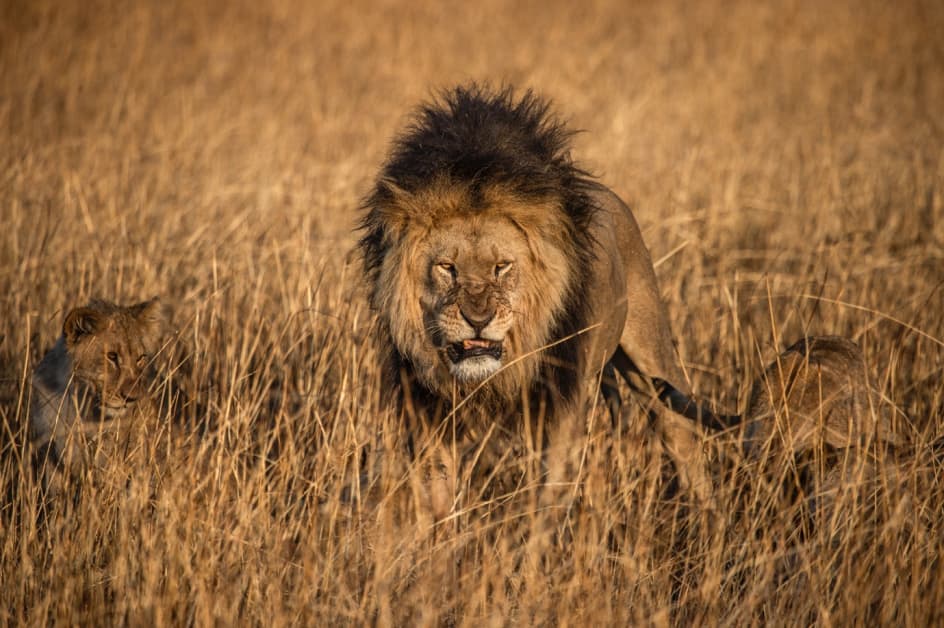
Pro Tip: As tempting as it may be to sleep-in on the morning that you’re checking out (you do tend to get the best sleep out in the bush), don’t miss the last morning drive! From personal experience, you get the best sightings of your trip on the last drive about 8 out of 10 times!
Where should I go?
Let’s start with perhaps the most obvious answer— the Greater Kruger, which I fondly to refer to as South Africa’s crown jewel. Every part of the Kruger has unique characteristics, and I find that each visit unlocks new discoveries hidden deep inside its vast plains and riverbeds. The Kruger is referred to as South Africa’s last great wilderness, and there is truly no better place to experience the vastness of nature—unobscured by fences and urbanisation. In terms of where exactly to stay, you’re spoilt for choice.
The southern and western parts are famous for their iconic “Big Five” (lion, rhino, elephant, buffalo, and leopard) sightings. In particular, the Sabi Sands Game Reserve is world–renowned for its high density of leopards. At the same time, they’re also some of the most-visited areas by tourists. If you’re looking for a truly “Out of Africa” experience, I would recommend travelling further north or east inside the Park where far fewer visitors end up venturing.
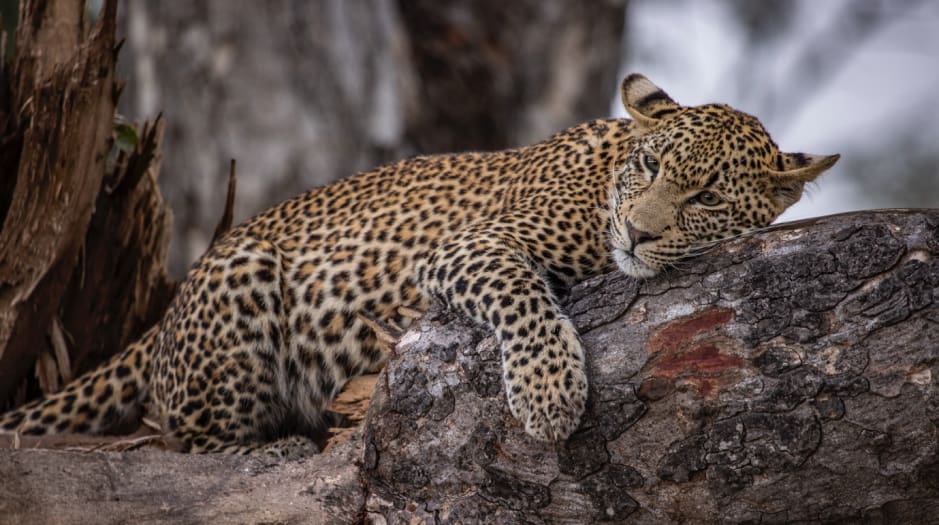
Beyond the Kruger, South Africa offers an abundance of safari destinations worth exploring. Just two hours’ drive away from Johannesburg lie the foothills of the UNESCO Waterberg Biosphere in Limpopo. According to UNESCO, the Waterberg’s exceptional biodiversity contains more than 5,500 species of plants, of which 43% are endemic to South Africa. The region is also home to at least 18 threatened plant species, 18 mammal species 11 bird species, 4 reptile species, 4 species of fish, and one butterfly species that are all deemed of the utmost importance for biodiversity conservation. In addition to its fantastic accessibility by road, the Waterberg is also in a malaria-free zone, which makes it an ideal destination for families and for weekend getaways.
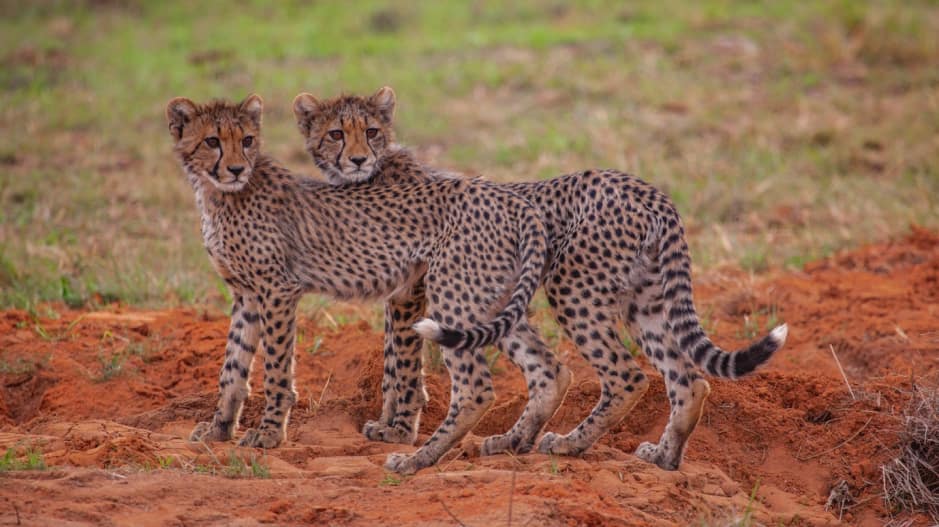
Another recommendation would be to consider experiencing South Africa’s spectacular marine safaris. One of my favourite reserves in the world is located where the Cape Floral Kingdom meets the Indian Ocean. At the southern tip of Africa near Cape Agulhas, De Hoop Nature Reserve is a 34,000-hectare protected area and one of the continent’s best kept secrets. De Hoop is renowned as being one of the best land-based whale-watching areas in the world. It is home to thousands of migrating Southern Right Whales from Antarctica during the mating and calving season between June and September. De Hoop extends three nautical miles out to sea, also welcomes Bryde’s Whales, Humpback Whales, and various species of Dolphins to its shores throughout the year. In addition, the vegetation of the area is also part of the Cape Floral Kingdom—the smallest of Earth’s six Floral Kingdoms and the only one to be contained in its entirety within a single country. Alongside the astounding marine life, the reserve is home to 86 terrestrial mammal species including leopard, Cape Mountain Zebra, bontebok, and caracal.
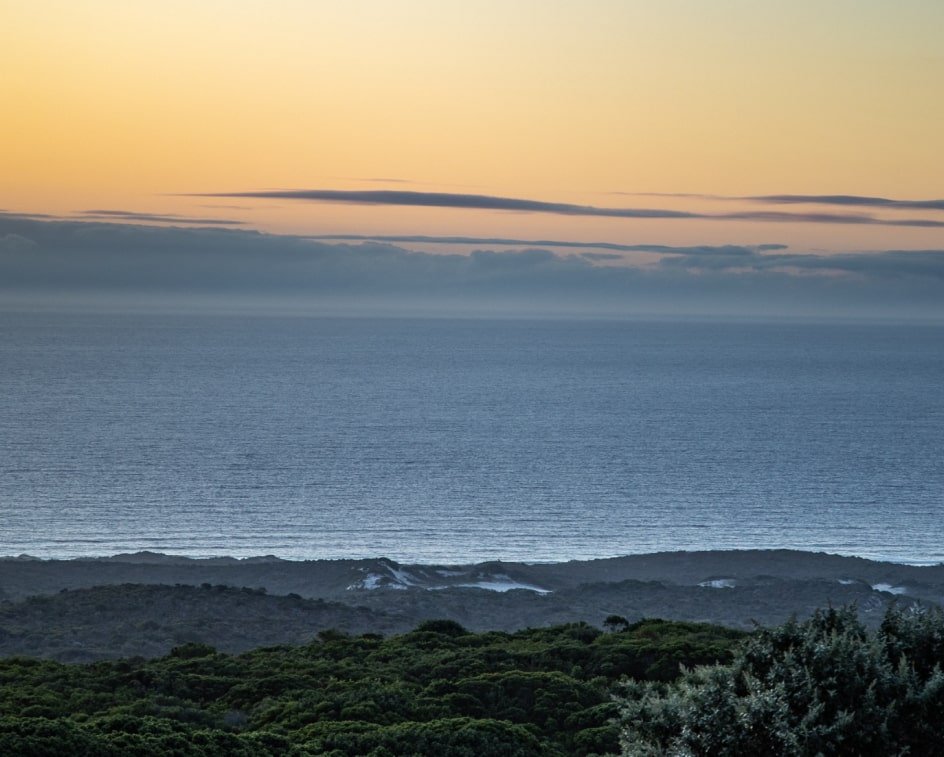
These are just a few recommendations based exclusively on destinations that I’ve already been to—I’m yet to explore many other safari destinations in South Africa. The desert landscape of the Kalahari, South Africa’s Wild Coast in the Eastern Cape, and Hluhluwe-Imfolozi (the oldest proclaimed nature reserve in Africa) in KwaZulu-Natal are at the top of my list!
Pro Tip: If you’re planning on visiting the Greater Kruger and want to avoid the arduous 6-hour drive from Johannesburg, consider using Federal Airlines—a commercial flight shuttle service provider operating out of O.R. Tambo International Airport and directly servicing some of the most luxurious safari lodges across South Africa and beyond. It’s a game-changer.
What should I pack (beyond the regular travel packing list)?
Please don’t go out and buy an all-khaki wardrobe or camo outfit for your safari! You may have heard that earthy tones are essential because they help you to blend into the habitat so that the animals don’t react to your presence. That’s only partially true since most mammals are colour-blind! While humans have trichromatic colour vision, which enables us to absorb and interpret blues, greens, and reds, most other mammals are dichromats. This means that most of the animals you’ll encounter in the bush can only see shades of grey, yellow, and blue. At the same time, animals are much more sensitive to light than we are because they have more rod (light-receiving) cells than we do. That’s why my recommendation is rather you should avoid wearing brightly coloured or white clothing.
It goes without saying that the African sun is strong when you’re on safari. You’ll often find yourself at a sighting that requires you to sit directly under the sun for prolonged periods. In addition to packing your SPF, cap, and sunglasses, you may also want to think about covering your face, neck, and arms. People who regularly go on safari will be very familiar with Buff’s range of products for this. If you’re going in the summer, make sure to also pack your swimwear—there is almost always a plunge pool to enjoy!
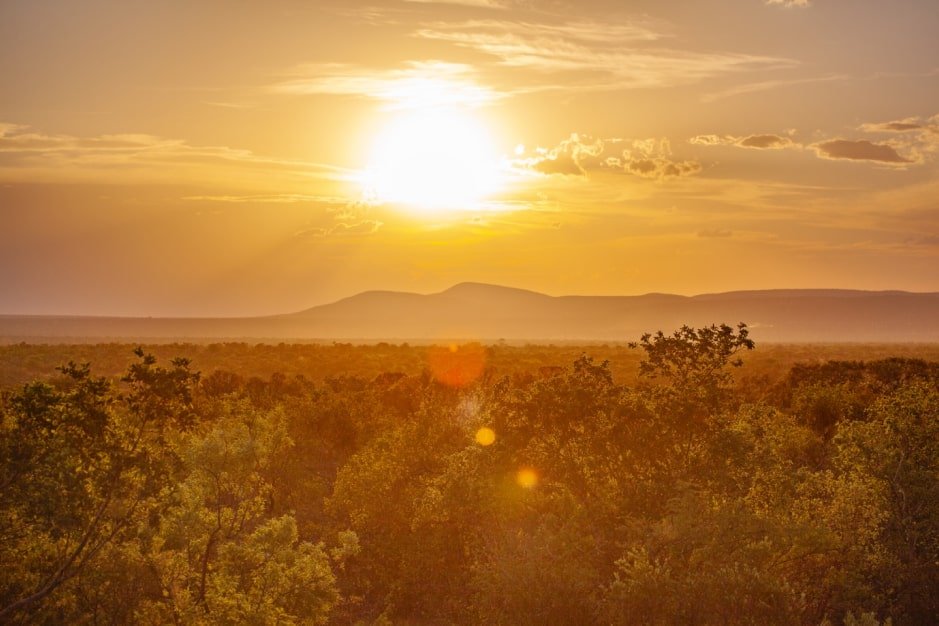
Finally, invest in a good camera! As advanced as our phones have become in taking excellent quality videos, I still believe nothing compares to a good quality photograph taken on a SLR camera with a telephoto lens. There are a range of options to choose from depending on your budget, skill level, and how often you’ll be using the camera. If you’re getting a camera just for your safari trip, I would recommend a good mirrorless camera—they’re super light and have an excellent shutter speed that will let you capture all of the action. If you’d like to pick up wildlife photography as a hobby, I would argue that old-school DSLR cameras are still the way to go! There are plenty of good entry-level DSLRs to choose from such as the Canon 90D range as well as Nikon D3500. Once you gain a bit of experience, you could explore more advanced and trickier-to-use options such as Canon 5D or 1D range. In terms of the telephoto lens, I would strongly recommend getting something in the 100-400 mm range—it gives you the perfect balance between getting tight, up-close shots as well as some wider angles.
Pro Tip: For the best camera angles on drive, try and sit in the middle row of the safari vehicle. Since you’ll often contend with lots of movement and bumping on the vehicle, consider getting a bean bag to help stabilise your camera to get the super clear shots.
Hope to see you on safari soon!
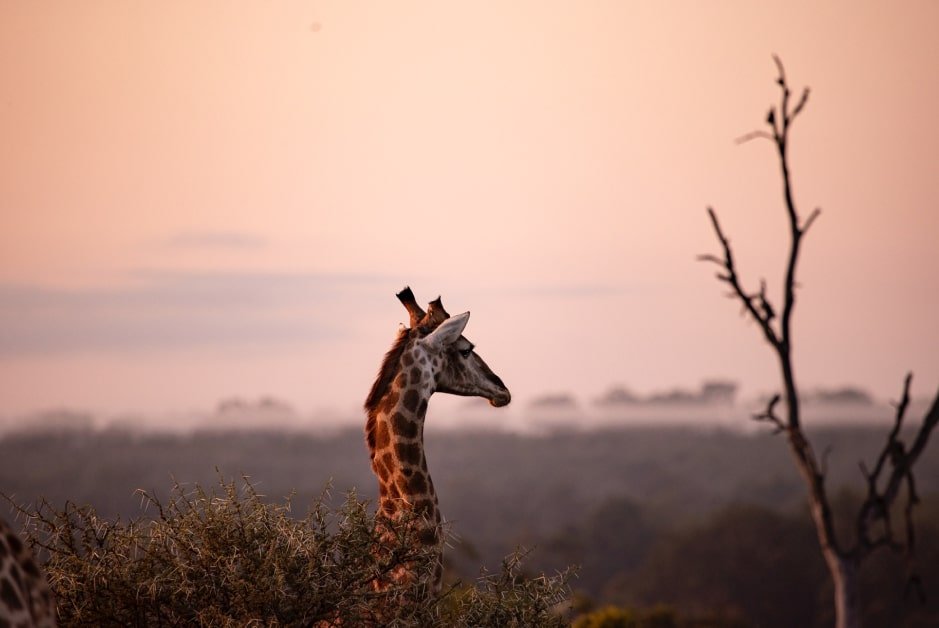
About the author, Sanath Jai:
Sanath is a Senior Business & Social Impact Strategist with a background in development economics, law, and ESG. After completing a BA at NYU and his LLB at the University of Edinburgh, he returned home to Johannesburg for a year of lockdown, during which time he decided to fulfil his childhood dream of qualifying as a safari guide and completing his NQF2 qualification. In his free time, Sanath enjoys balancing his work life by pursuing his childhood hobbies in guiding and wildlife photography.
